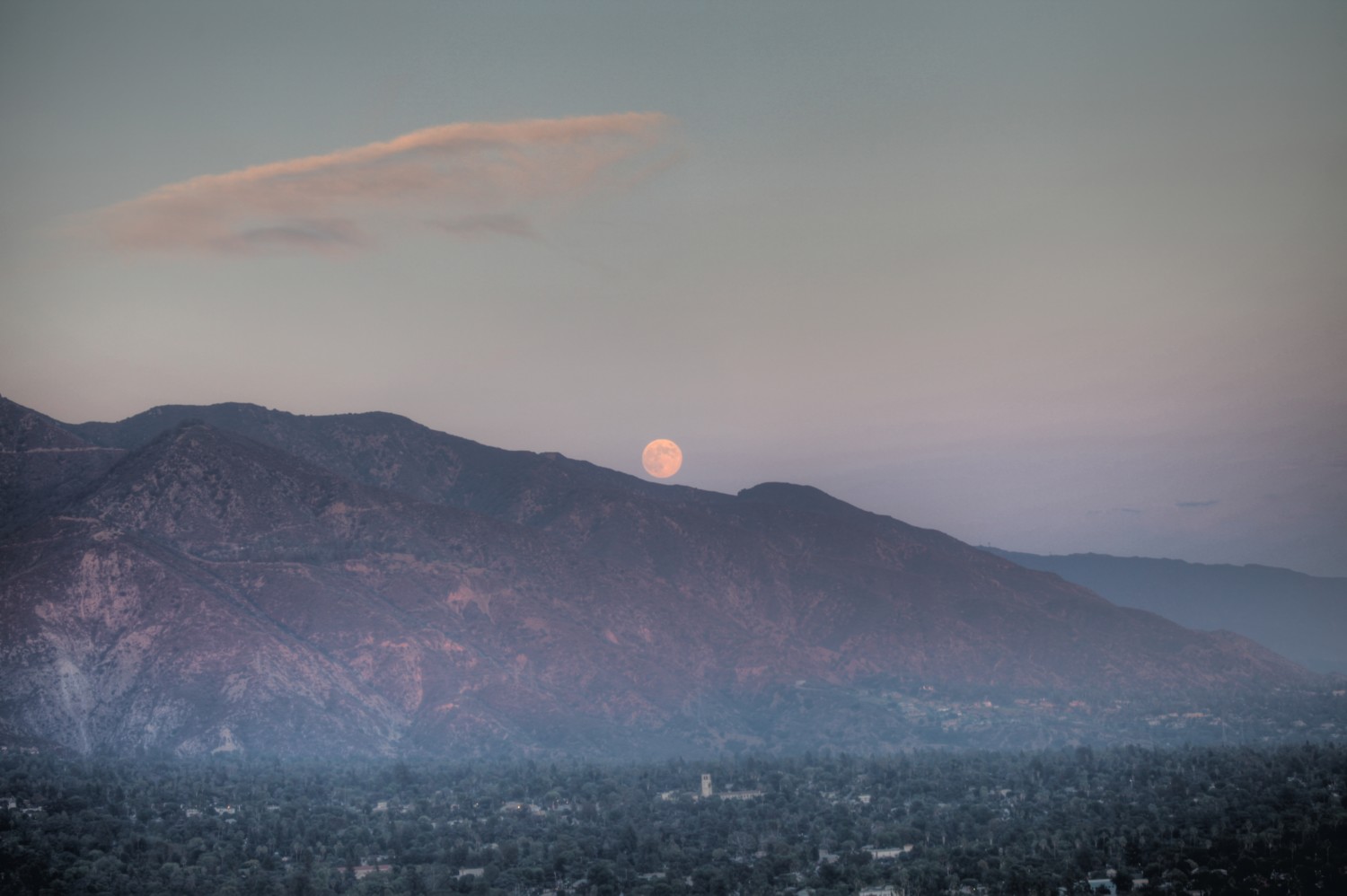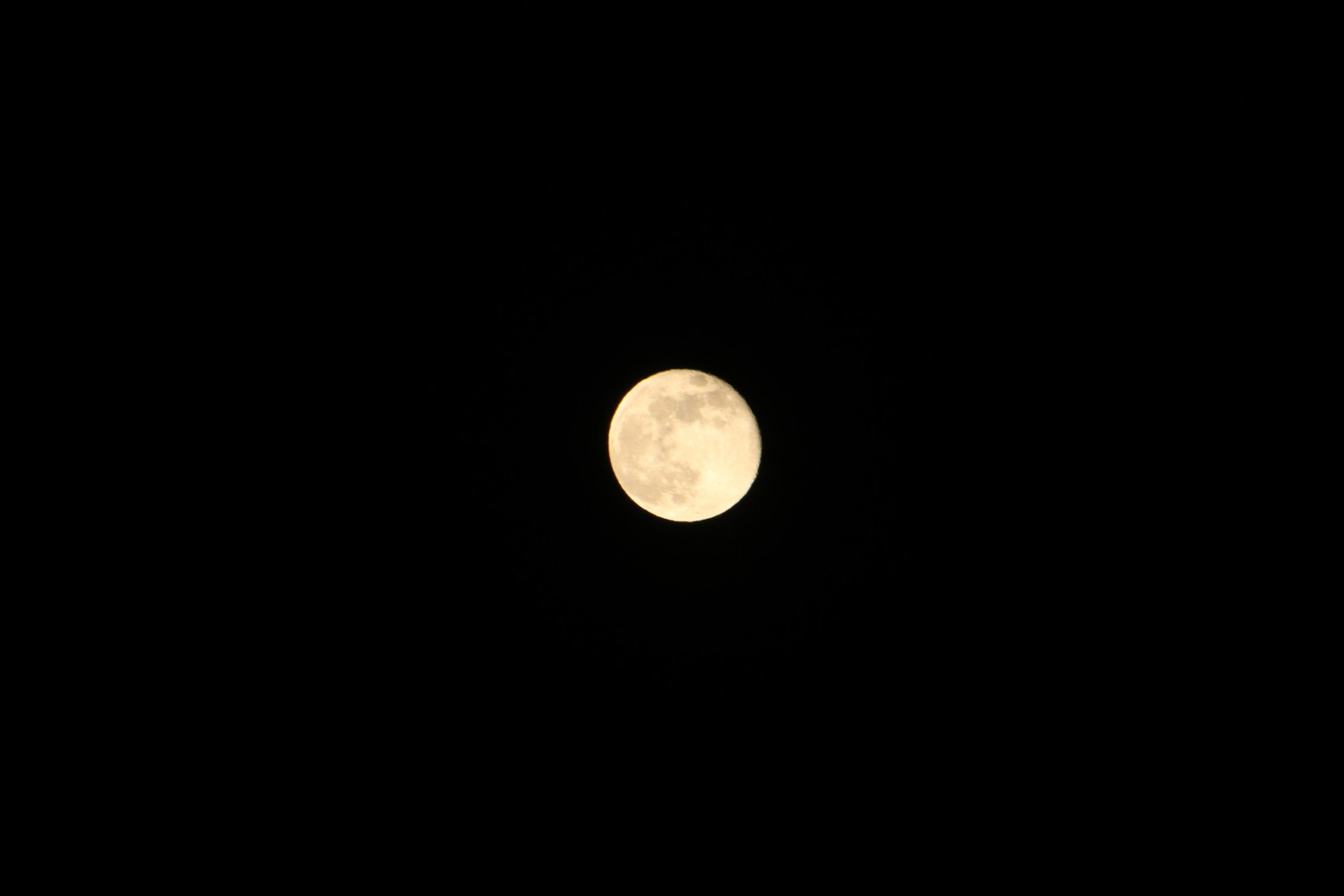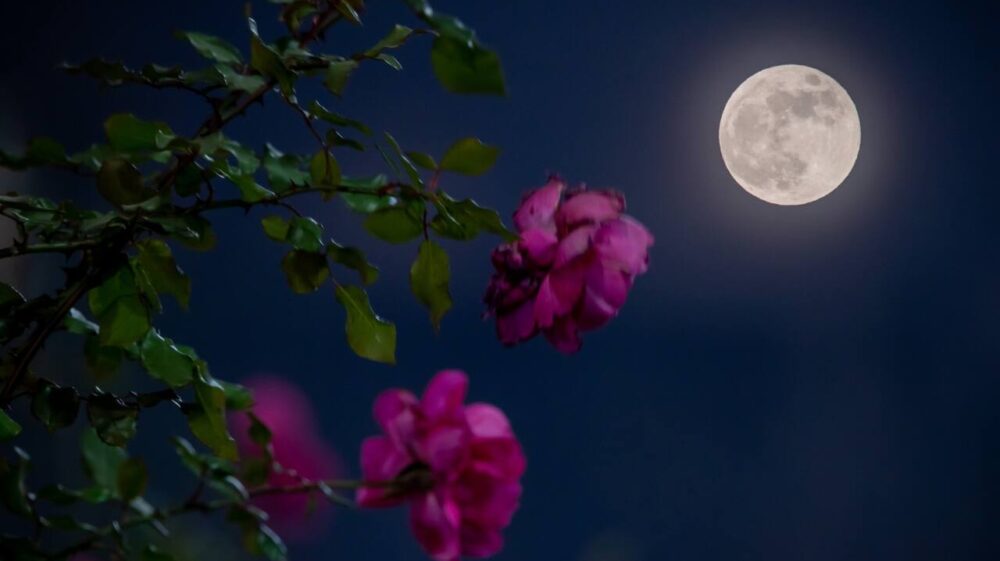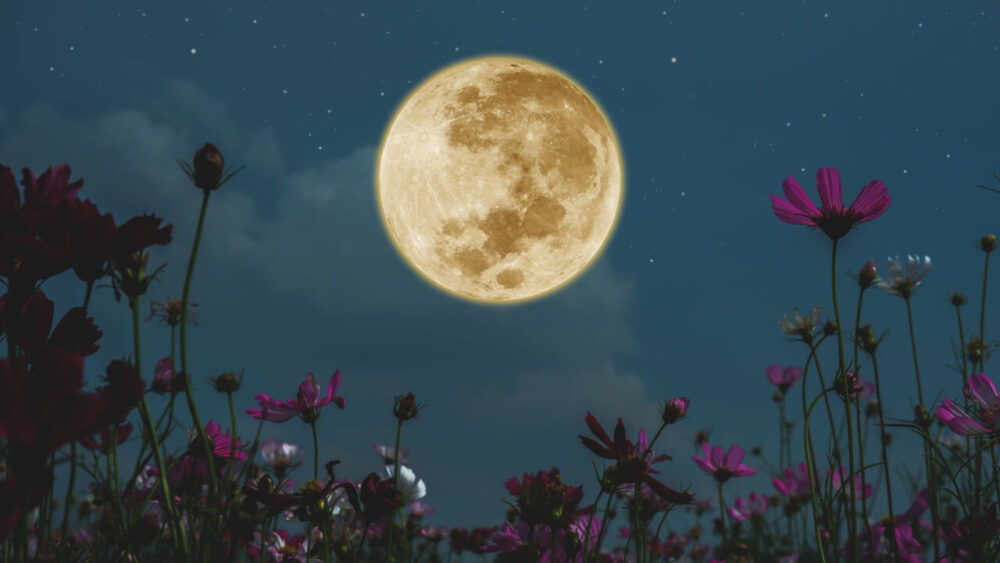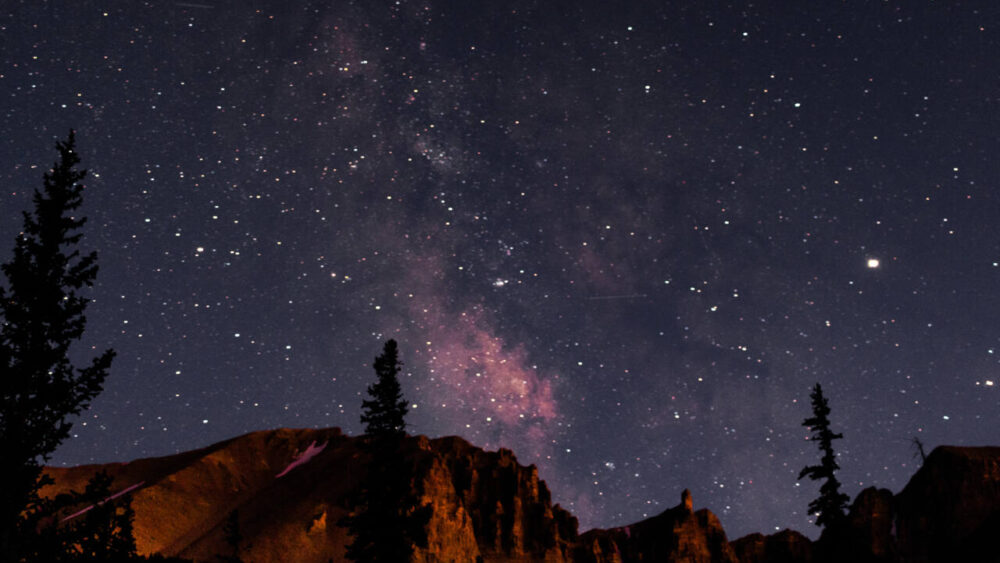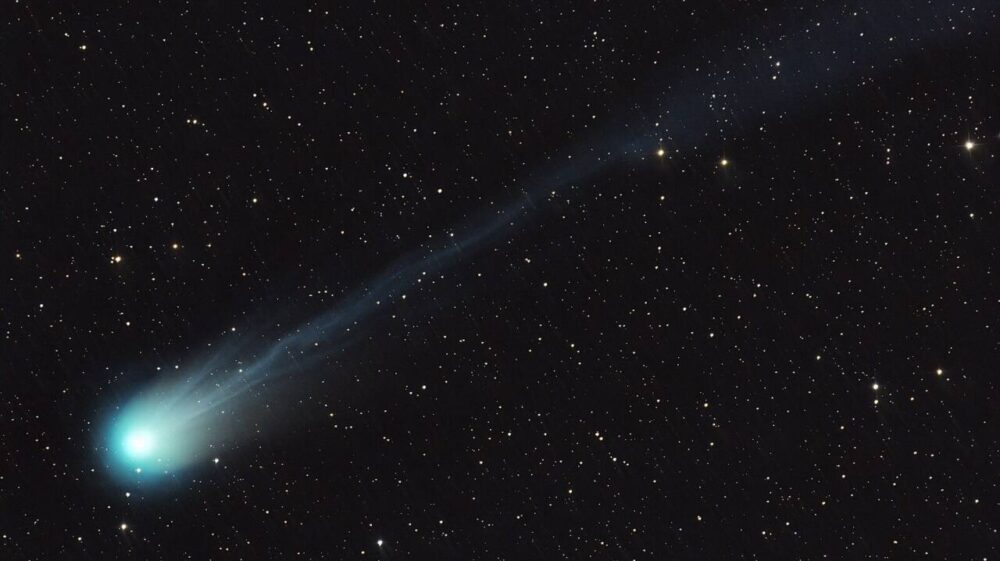How to see September’s Harvest Moon and the Draconid meteor shower
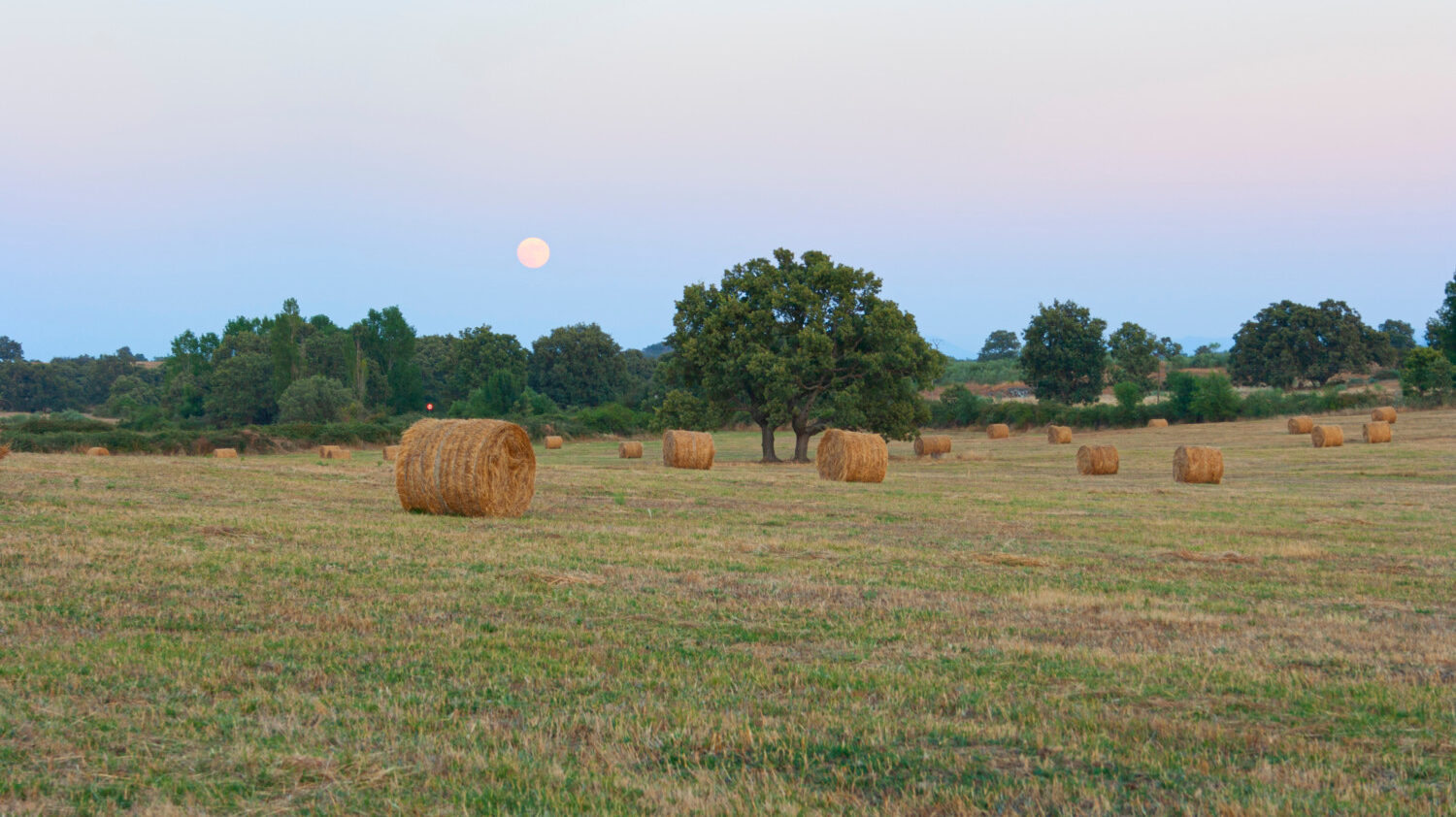
The September full moon may be arriving later in the month after August’s two full moons, but this month’s full moon is worth the wait for a couple of reasons.
September’s full moon, also known as the Harvest Moon, is the first full moon of the fall season. It also happens to be the final supermoon of the year.
A little more than a week after the full moon, patient stargazers will also get a chance to see a few meteors.
When to See the September Full Moon
The moon will be completely full early in the morning on Friday, Sept. 29 at 5:58 a.m. EDT.
If that’s too early for you, the moon will appear full on Thursday and Friday nights, and watchers can get a good look at it then. This full moon is also the first of the fall season, which officially begins on Sept. 23 in the early morning hours.
MORE: The best telescopes for home use, according to star-gazing experts
Why Is the September Full Moon Called the Harvest Moon?
Most names we use for the full moons originate from Native American, Colonial American and other sources.
These names typically relate to the time of year they occur, and the Harvest Moon is the only full moon name tied to a specific date: the fall equinox, or first day of fall.
The full moon closest to the fall equinox is always called the Harvest Moon, which means it sometimes falls in September and sometimes in October. When the Harvest Moon lands in October, September’s full moon is then called the Corn Moon.
The Harvest Moon earned this name because the moon rises close to sunset at about the same time for several evenings in a row close to the first day of fall. This moonlight at just the right time gives farmers light late into the evening, so they can finish their harvests before colder weather returns.
MORE: Both farmers’ almanacs have announced their winter weather predictions
What Makes September’s Full Moon a Supermoon?
A supermoon occurs when the full moon is closest to the Earth in its orbit. On average, the moon is about 238,900 miles from the Earth, and September’s full moon will be 224,658 miles from Earth.
A supermoon appears up to 8% larger than a typical moon, but it’s difficult to tell the difference with the naked eye. Four supermoons occurred in a row in 2023. July’s full moon and both full moons in August were also supermoons.
The September full moon is the last supermoon this year, and we’ll have to wait until August 2024 for the next one.
After the Full Moon, Get Ready for the Draconids Meteor Shower
The Draconid meteor shower is a lesser-known, short-lived meteor shower that occurs every year in early October.
In 2023, this meteor shower is expected to be active between Oct. 6 and 10 with a peak in the evenings on Oct. 8 and 9.
A waning crescent moon won’t illuminate the skies too much, so darker conditions should make it easier to spot the 10 or so expected meteors per hour. For your best chance at spotting a few of those meteors, look to the northwest and high in the sky as soon as it gets really dark.
The radiant point of this meteor shower, where all the meteors appear to originate, is near the head of the constellation, Draco the Dragon, which is a little higher in the sky compared to the Big Dipper.
We have plenty more to look forward to in October, including an annular solar eclipse, a more well-known and reliable meteor shower (the Orionids) and a Hunter’s Moon partial eclipse.


